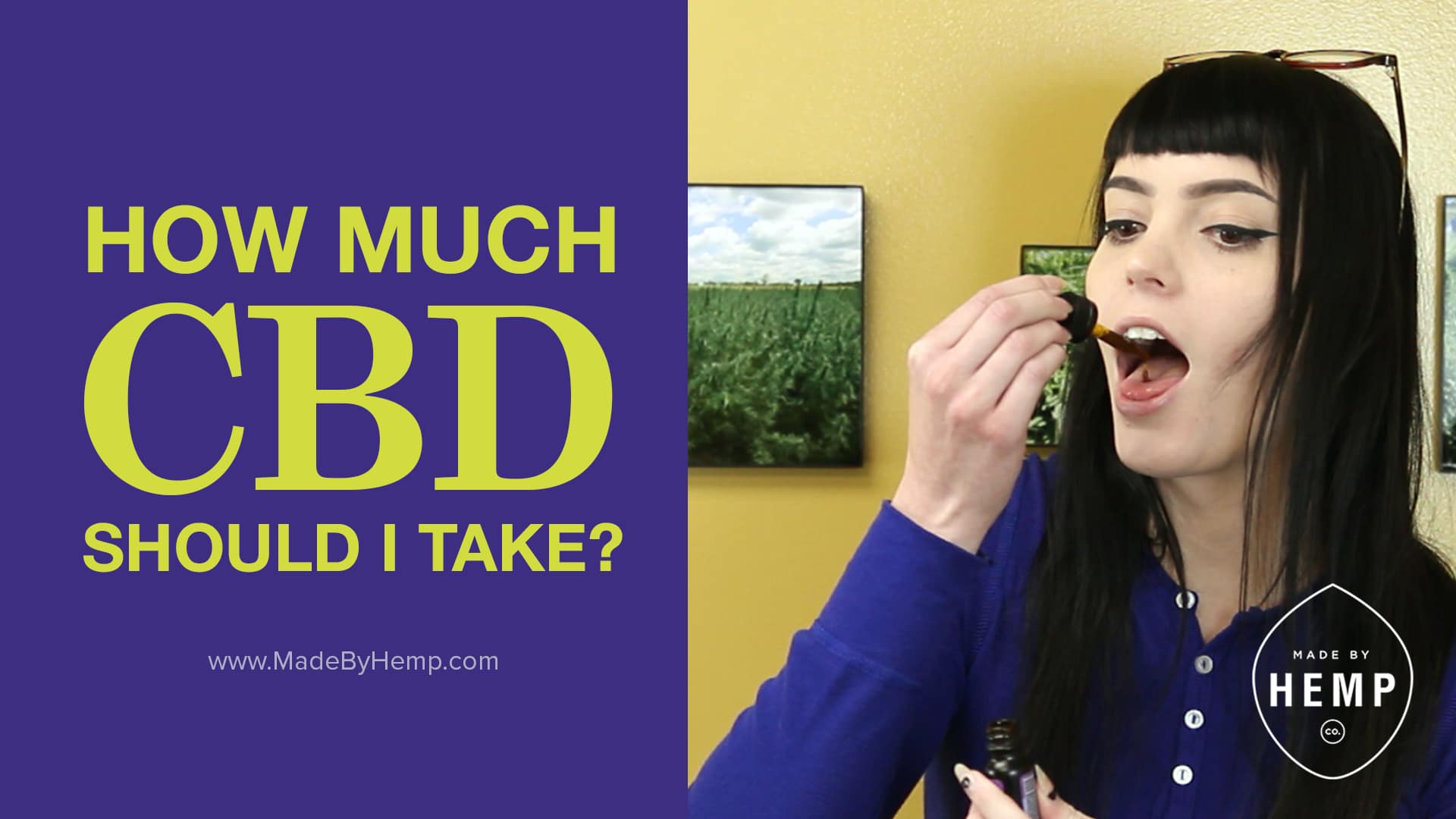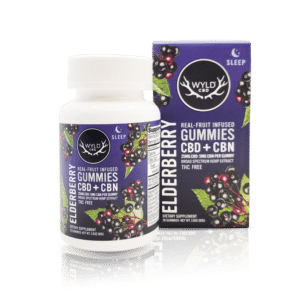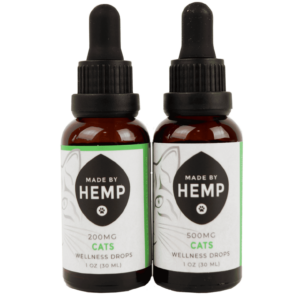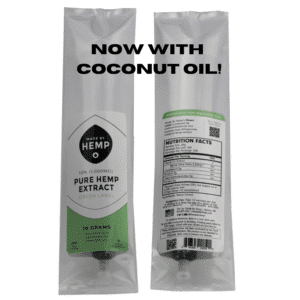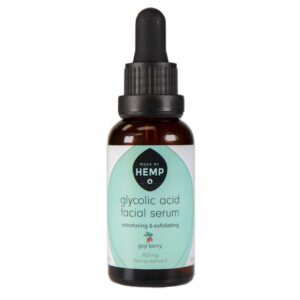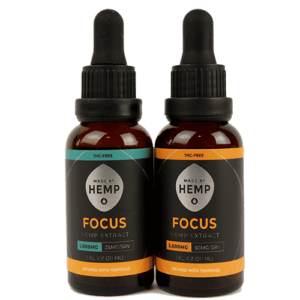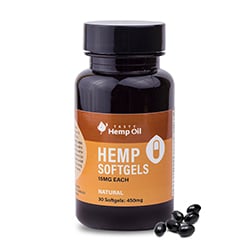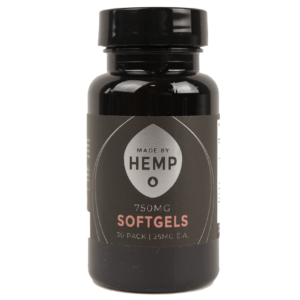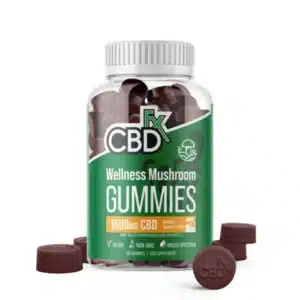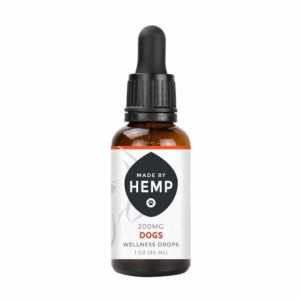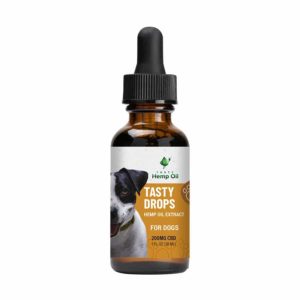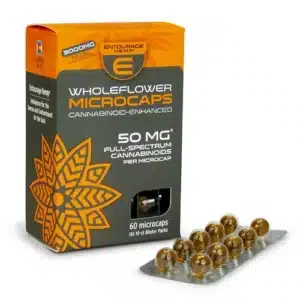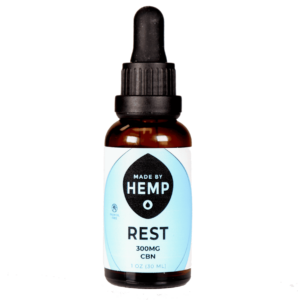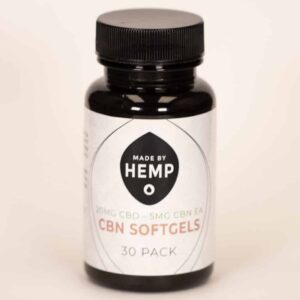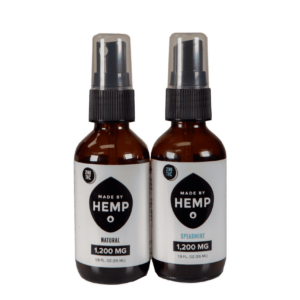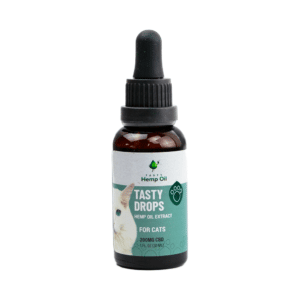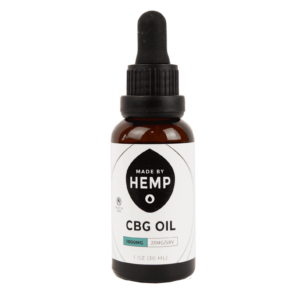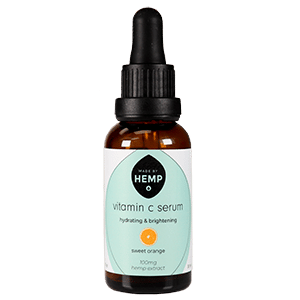Next time you grab your CBD supplement, ask yourself: “Who came up with this serving size recommendation?”
Most likely, the manufacturer came up with it based on personal experience or following suit with what they see other companies doing. If they’ve been around for a while, MAYBE customer feedback played a role in the decision.
The point is, CBD serving sizes can vary and the blame is on our own body.
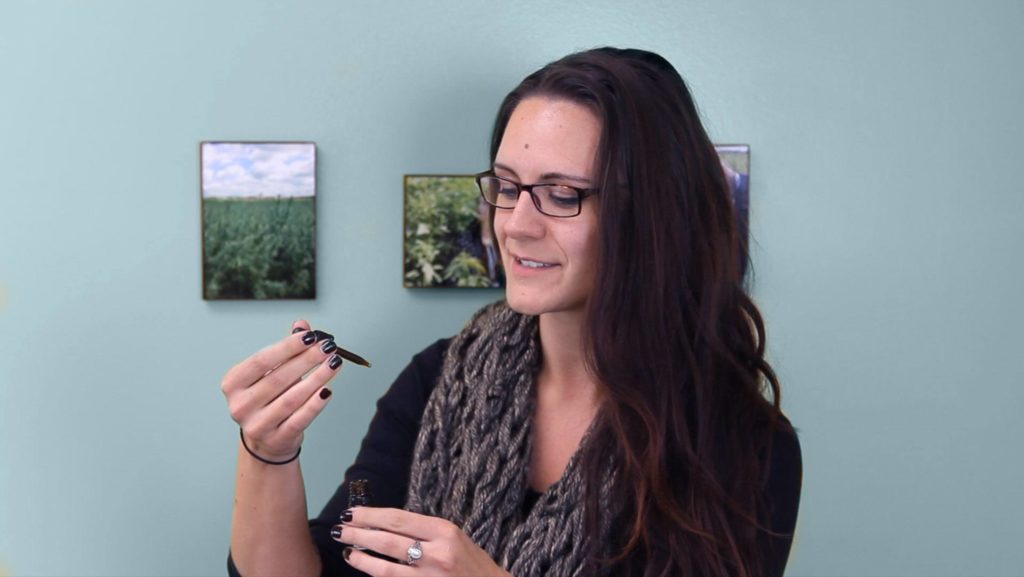
Come again?
If you’re an avid coffee drinker, that habit is about to come in handy for this analogy.
Close your eyes and imagine a—oh, I guess that doesn’t work. Scratch that, here’s a picture for you.
There’s No One Size
Fits All Serving Size
Just for a moment, think of CBD oil like coffee.
How much can you drink without feeling an effect? How much does it take to send you up the wall with jitters?
Chances are high that your answer is different from your friends, coworkers, and family.
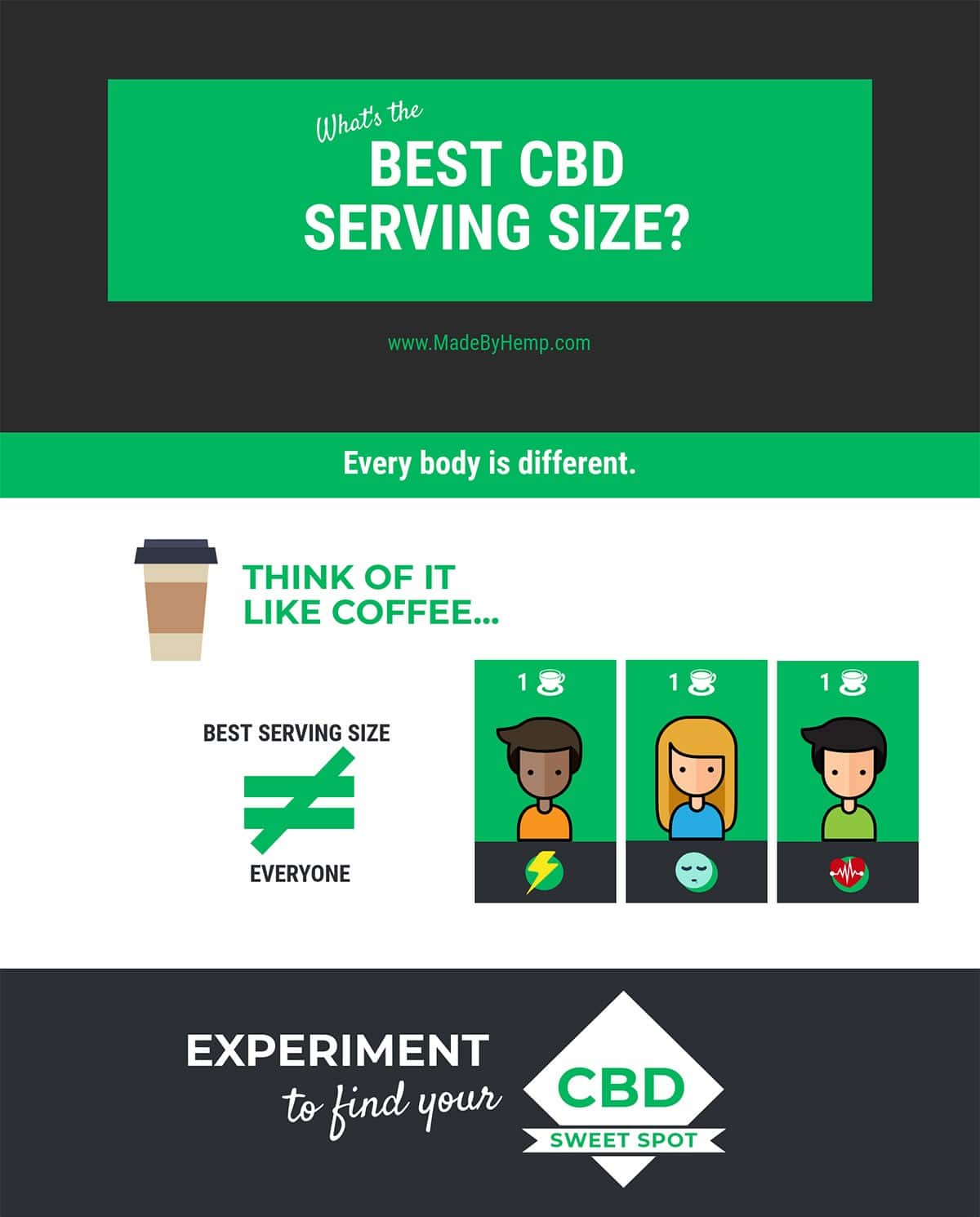
With any natural substance, the amount needed to reach a certain effect or benefit is unique to each person. Not only do people take CBD for different reasons, but a lot of things can also be going on inside the body and contributing to the overall result.
It’s easy to get overwhelmed, knowing that a “take this amount to get this result” type of answer is impossible —at least until there’s more research.
But our goal is to stop that feeling in its tracks and instead leave you feeling empowered to experiment and find what works perfectly for you.
Find Your CBD “Sweet Spot”
Determining the best amount of daily CBD for your body can be a challenging quest, but it’s worth the effort. When it comes to our health, we want to make sure we’re taking enough to be effective, without overdoing it.
When it comes to CBD oil, it’s important to know there’s no one-size-fits-all solution. Everyone needs to experiment with their serving size to figure out what their body needs.
Here are a few tricks to finding your “sweet spot”.
Start Low, Then Grow
If you haven’t introduced CBD to your body before, it might not be the best idea to go all-in right away with a large amount of daily CBD.
Here’s why.
The body seems to need one or two weeks of consistent daily CBD, for those compounds to build up and become more noticeable. Taking more CBD than your body needs isn’t bad or harmful, but might not do you much good at first.
So, we suggest starting with the product’s recommended serving size for the first one to two weeks. The serving size should be located on the product’s label.
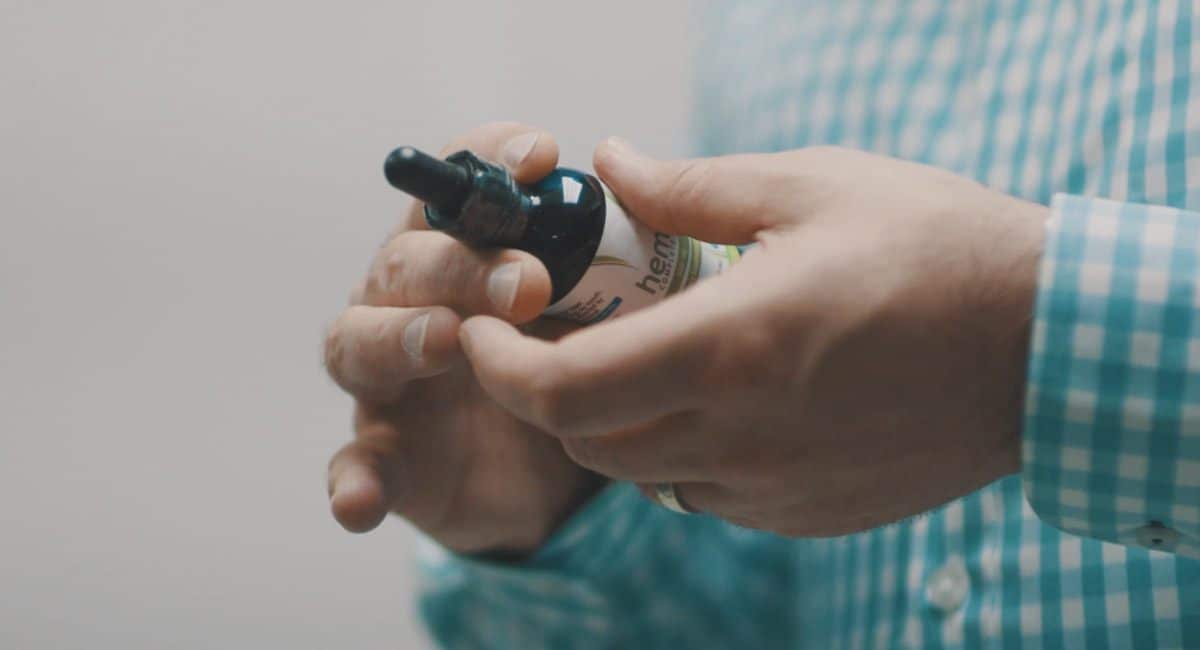
After that time, assess how the product is working for you. If you’re not satisfied, increase how much CBD oil you’re taking for the next week. Continue this pattern until you reach your “sweet spot”.
For many people, the recommended serving size seems to be enough, but others report taking 2-4 times more.
Do Daily Check-Ins
Even if you’re not the journal type, keeping some simple notes will help you map out a CBD routine that’s perfect for you. It’s too easy to lose track when you start experimenting with serving sizes.
Keep a notebook (it can be a note app on your phone) with at least these essentials:
- Date
- Milligrams of CBD taken
- Product
- Notice any benefits?
Try checking in with yourself occasionally to see if you notice a difference. It can be helpful to set a repeating alarm on your phone to remind you to do these check-ins. If you’re open to taking notes, that can be very helpful as you find your CBD sweet spot.
The questions you should ask yourself will depend on why you’re taking CBD, but here are a few ideas to give you an idea of how to design your check-in notes.
- Were you tired today? Was it because of the CBD or other factors?
- Did you feel stressed? Was it more manageable than normal?
- Were you sore? Did you do a hard workout or anything else to make you sorer?
- How much CBD did you take? How did you take it (i.e. sublingual, topical, vape)?
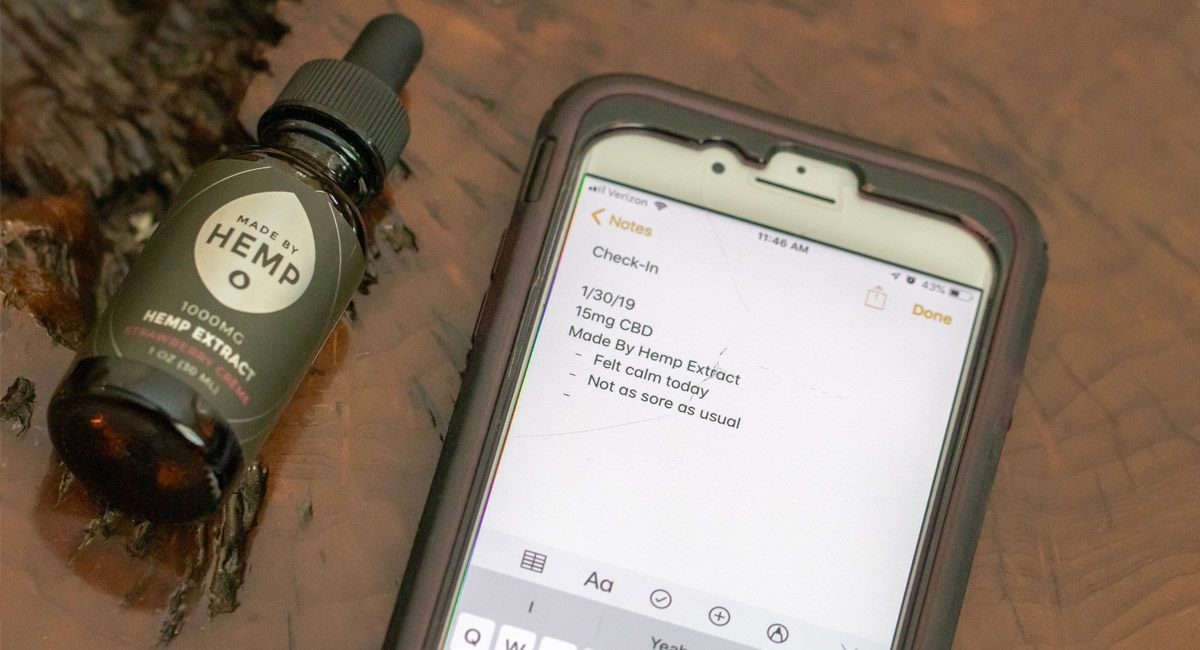
What Time of Day Should I Take CBD?
Perhaps just as important as how much CBD you take, is when you’re taking it. This is another area that’s different for everyone, but it’s a little easier to hash out.
A general rule of thumb, which is completely anecdotal, is to take CBD about an hour before the “problem”. For instance, if you’re aiming for a better night’s sleep, try taking CBD an hour before bed.
It gets tricky when you’re trying to manage an issue that’s persistent all day. In this case, it’s up to your experimentation. A good place to start might be taking a serving in the morning and afternoon, or morning and evening.
You can start to see why keeping notes is a good idea!
How Many Milligrams of CBD am I Taking?
It’s easy to keep track of how much you’re taking in terms of measurement like 15 drops, 2 gummies, 3 puffs, or so on.
What’s not so easy is figuring out how much CBD is in that serving.
Here’s how to find out how much CBD is in whatever product you’re taking.
(We’re using a CBD tincture for this example. Depending on what type of product you have, some of these calculations aren’t necessary. For instance, edibles will tell you how much CBD is in each piece, so no math is needed.)
Use Our CBD Calculator
Products vary in size, potency, and suggested serving sizes. If you’re experimenting with how much CBD you’re taking, and want to keep good notes, a little math may be required.
For instance, with a CBD tincture, it’s helpful to know how much CBD there is per drop. This number will be different between brands because the size of a “drop” depends on the formulation (“thickness” of the oil) and the actual size of the dropper piece.
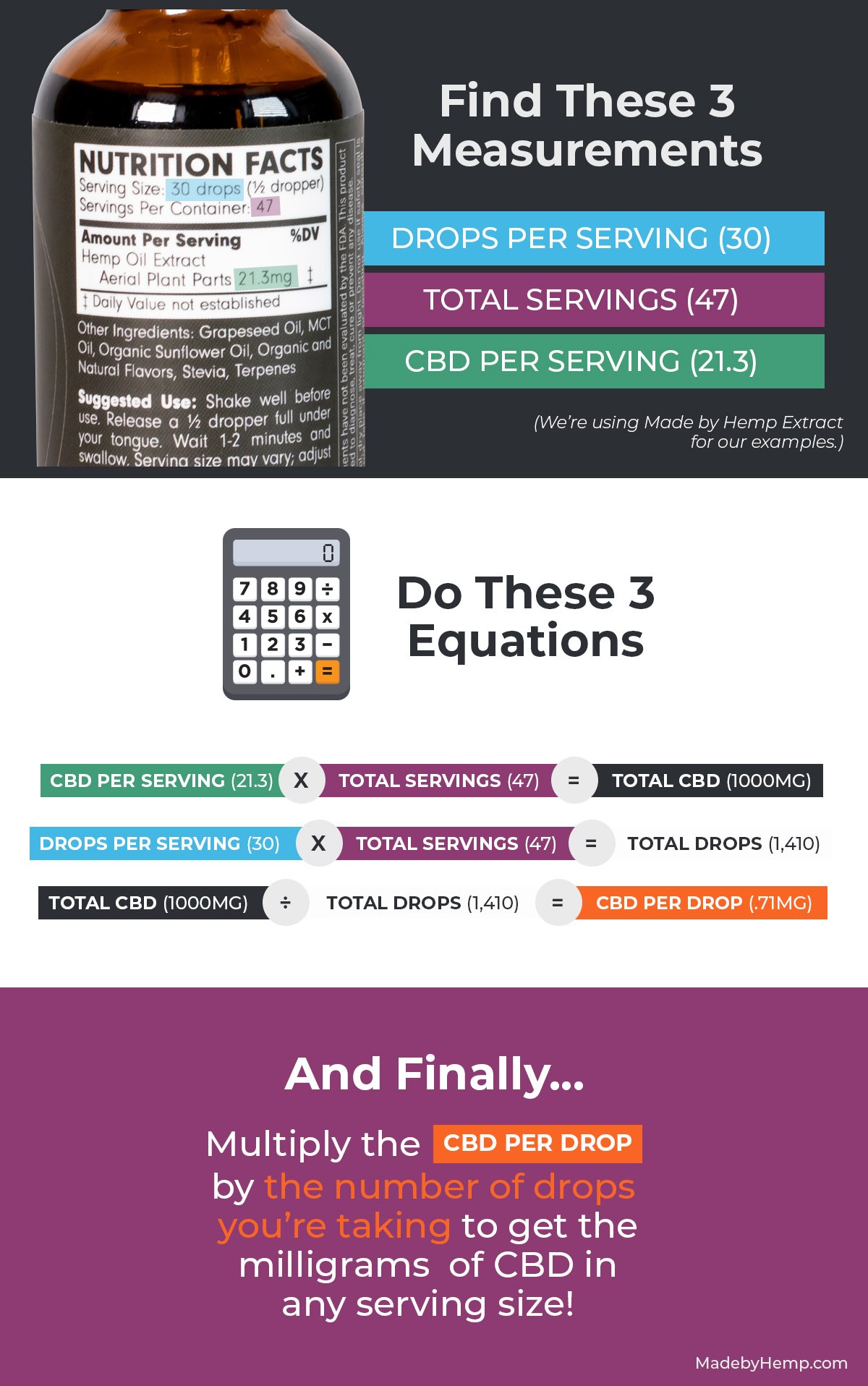
Find the Serving Size, Total Servings, and CBD Per Serving
The nutrition facts section on your CBD product’s label should give you the following information:
- Serving size
- Total servings per container
- CBD per serving
If you’re not sure about either of those numbers, reach out to the manufacturer.
Certain types of products, like vapes, do not have nutrition facts. In this case, ask the manufacturer approximately how many puffs there are per cartridge/bottle. You can use that number to determine how much CBD you’re getting during each sitting.
Calculate the Total CBD, Total Drops and Milligrams of CBD Per Drop
Most products clearly advertise the total amount of CBD in the product, but if that’s not the case, here’s how to find it: take the total amount of servings and multiply that number by the amount of CBD per serving.
These next two numbers will make your life a lot easier.
Get the total amount of drops in the bottle by multiplying the drops per serving by the total amount of servings.
Now, rub your hands together. Things are getting good.
Find the milligrams of CBD per drop by dividing the total drops by the total CBD in the bottle.
With that last number, you will know how many milligrams of CBD are in any serving size of your CBD tincture. This gives you free rein in experimenting with different serving sizes while keeping track of how much CBD you’re getting every time.
Why is this important?
- Keep good records of how much CBD you need to get the desired results
- Know exactly how many milligrams of CBD you need to see a benefit, so you can easily try out other products and match that amount
What are the Side Effects of Taking Too Much CBD Oil?
A little disclaimer is needed here. We’re not doctors, and there aren’t enough clinical studies on CBD to give any definitive information. For now, we must base this on anecdotal evidence.
Anecdotally, unwanted side effects are almost unheard of. Some have said that taking a large amount of CBD made them more fatigued than usual. People sensitive to oils have reported an upset stomach after taking a large serving size.
This is why we suggest starting with a small serving size and working your way up from there.
Have Any Other Questions?
Have any questions about the products we sell or how to use them? Contact us here.
Disclaimer: There is a lot of experimenting involved. We are not doctors. That being said, you are going to have to listen to your body. There are so many types of products, every-body has a different need, every-body has a different reaction. Acute vs chronic. It’s all just an experiment, seek professional guidance as much as you want. This is a tool/resource to figure it out for yourself!
The statements made regarding these products have not been evaluated by the Food and Drug Administration. The efficacy of these products has not been confirmed by FDA-approved research. These products are not intended to diagnose, treat, cure or prevent any disease. All information presented here is not meant as a substitute for or alternative to information from health care practitioners. Please consult your health care professional about potential interactions or other possible complications before using any product. The Federal Food, Drug and Cosmetic Act requires this notice.

